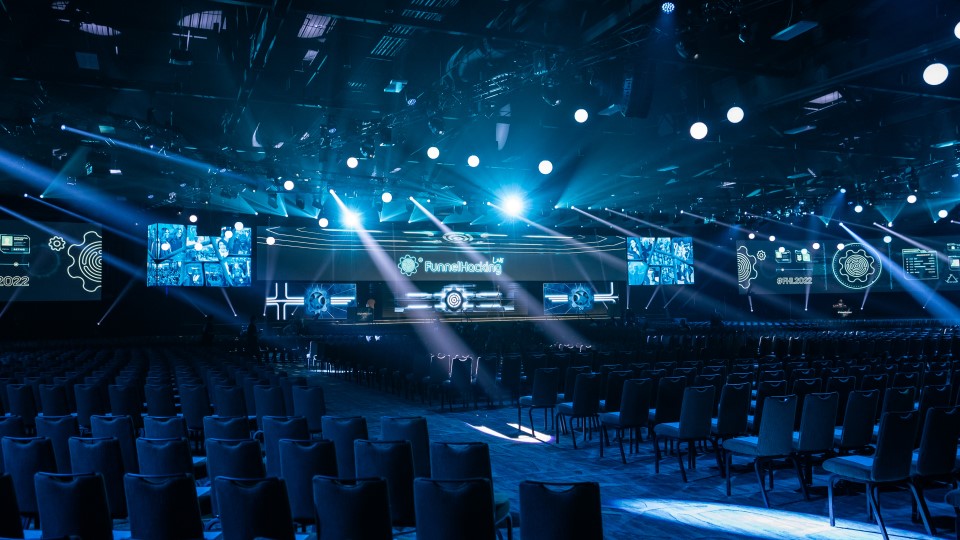Synchronizing Audio and Light to Elevate the Influence of NYC Productions
Wiki Article
In NYC, performances such as theatrical performances, musical events, and additional live spectacles create a vibrant cultural landscape that draws millions of audiences. One key aspect of making these performances memorable is the meticulous combination of audio and lighting. This fusion not only enhances the viewer's experience but also helps communicate feelings and messages that the performers intend to express. Understanding how sound and illumination interact can significantly boost the effectiveness of any production.

Sound plays a vital role in establishing the mood for any event. It encompasses melody, speech, sound effects, and background sounds that create an aural environment for the viewers. Proper audio engineering guarantees that each element is distinct and balanced. For instance, in a musical theater performance, the singers' voices must be projected distinctly over the musical arrangement. This balance allows the audience to engage with the narrative being performed while fully enjoying the composition. Effective application of sound can elicit feelings of happiness, melancholy, or tension, shaping the viewer’s emotional responses throughout the show.
Light also serves a vital role in stage productions. Lighting design assists in establishing atmosphere and draw attention on specific sections of the stage. Various lighting techniques can check that transform the perception of depth and time within a performance. For example, bright lights can energize a scene, while low lighting can create closeness or suspense. By leveraging color and brightness in lighting, technicians can also enhance the mood of each moment. When paired with sound, lighting brings dimension and richness to narrative, making it more engaging for viewers.
The coordination between sound and lighting specialists is essential for delivering a seamless production. These experts must communicate clearly to ensure that their components complement one another. For instance, if a moment requires a powerful climax, both audio cues and lighting cues need to be precisely synchronized. This synchronization produces a powerful effect that grabs the audience's focus. The cooperation between these two departments underscores the importance of teamwork in producing impactful productions that connect with viewers.
In conclusion, blending audio and light is essential for elevating the effectiveness of productions in New York City. Together, they create an immersive experience that captivates audiences and deepens storytelling. As tools evolve, audio and illumination experts will have even more resources at their fingertips to produce innovative experiences. Appreciating this fusion not only enriches performances but also showcases the artistry involved in about this producing stage experiences. By understanding how these aspects interact, spectators can develop a greater insight of what goes into making memorable theatrical experiences.